Focus on Geobiology
-
Studies of the microbe/mineral interface (MMI) (minerals and the microbes on them) represent one of the most fundamental and difficult areas of microbiology, and USC Earth Sciences Geobiology research is involved with many aspects. Microbes attach to surfaces, form biofilms on them, and often alter the surfaces as a result of this interaction, leading to the descruction (dissolution), transformation, or even the formation of minerals.
One area of research is the study of the dynamics of the MMI – how do microbes attach, how do they chemically alter minerals once attached, and how and when do they alter the minerals while attached? The tools used for these studies include molecular biology, microbial physiology, geochemistry, electrochemistry, and imaging of many different kinds.
Earth Sciences research also involves studies of the behavioral responses of the dissimilatory metal-reducing microorganism, Shewanella oneidensis MR-1, to metals and minerals that can be used as anaerobic electron acceptors. USC faculty also are interested in responses to common carbon sources, such as chitin. Studies of behavioral responses under environmentally-relevant conditions will allow a better understanding of the ecophysiology of this, and other, bacteria.
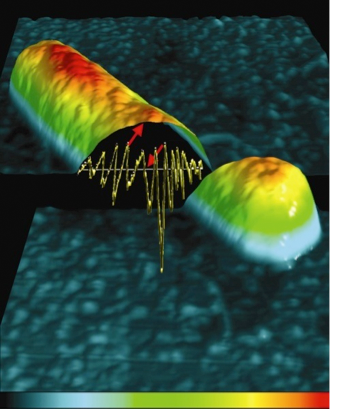
-
Deep biosphere studies at USC principally focus on life in rock and sediments deep below the floor of the ocean, where it is estimated that 1/3 of the biomass on Earth is buried. Studies focus on understanding the activity in the deep biosphere: function & rates of global biogeochemical processes; understanding the extent of life: biomes and the degree of connectivity (biogeography & dispersal); determinations on the limits of life: extremes and norms of carbon, energy, nutrient, temperature, pressure, pH; and on evolution and survival: adaptation, enrichment, selection, and repair.
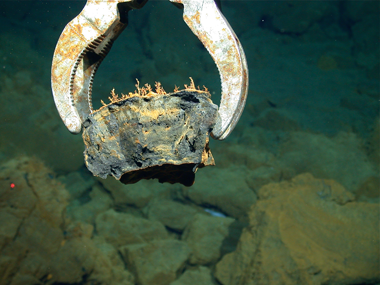
-
The utilization and ultimate fate of C, N, Si, P, S, Fe and other bio-important elements are studied at USC both from the perspective of the modern ocean, but also with respect to deep time. Our approach is to utilize mass balance models, isotope tracers and reasonable inferences from the modern to understand paleo environments and the rock record. Diagenesis is a very important process in the transformation of sediments to rocks and we study this process extensively in the modern, through deep sediments, and into the rock record.
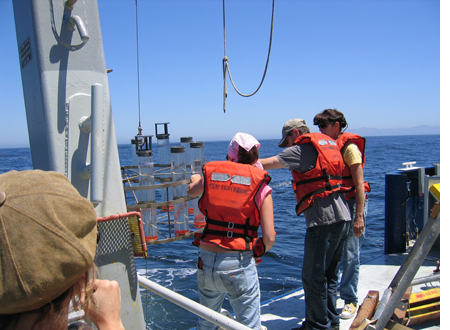
-
Biogeochemistry is the exciting interface between the biological, geological, and chemical sciences. Many Earth System questions require an understanding of all 3 elements and many new advances and breakthroughs are emerging as experimental and analytical approaches are applied across traditional disciplinary boundaries.
In the Biogeosciences sub-group at USC a variety of biogeochemical elemental and isotopic approaches are used to study an array of modern and paleoecological questions.
Research in the Feakins Lab uses organic geochemical tools to identify biomarkers for terrestrial plants and aquatic algae. Carbon and hydrogen isotopic analysis of lipids extracted from living organisms and from soils, lakes, and ocean sediment reveal insights into biochemical processes and environmental change.
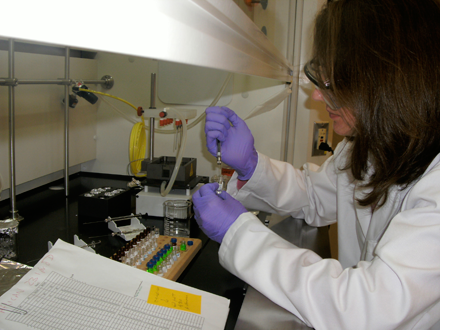
-
How does life affect the sedimentary record, and visa versa? Similar to “microbe-mineral interaction,” we study the larger scale interaction between life and sediments from the Archean to the recent. In carbonate settings, stromatolites, thrombolites, and other microbialites are the focus, while in siliciclastic settings, wrinkle structures left behind by microbial mats are key. In addition, we study the larger scale effects of life-sediment interaction through time (e.g., the Cambrian Substrate Revolution, and the effects of mass extinctions on biosedimentology, diagenesis, and paleoecology).
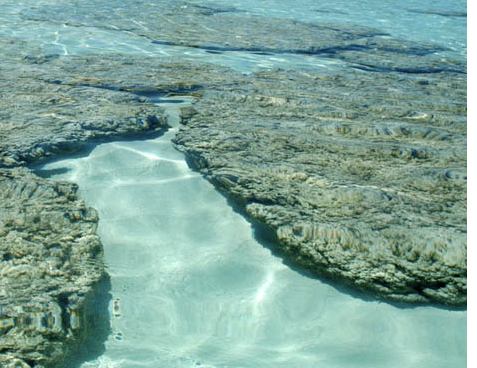
-
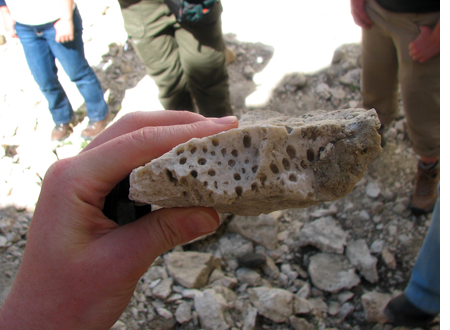
Paleobiology at USC involves a diverse variety of research on the evolution and paleoecology of life on Earth. In the Bottjer lab, students focus on two major problems, the evolution and ecology of early animals, and the causes and consequences of mid-Phanerozoic mass extinctions at the end of the Permian and the end of the Triassic. To investigate these major problems a variety of organisms, from embryos to adults, are used, including molluscs, cnidarians, echinoderms, and bryozoans. Links to environment and ecology are enhanced through investigations of trace fossils and microbialites. Integration of genomics and paleobiological data in the new field of paleogenomics is being developed through several of these studies.
The paleobiology of fossil vertebrates, particularly birds, mammals and dinosaurs, is studied in conjunction with Luis Chiappe and Xiaoming Wang of the Natural History Museum of Los Angeles County, who are also both adjunct professors in Earth Sciences. A new collaborative effort between the Natural History Museum and USC, the Center for Chinese Fossil Discoveries, has been established to enhance the pursuit of paleobiological studies using Chinese fossil material, by students and faculty. Strong links also exist with the Integrative Evolutionary Biology graduate program in the Department of Biological Sciences at USC.
-
What constitutes evidence for life? It’s a simple question with a not-so-simple answer. If we are to decipher the history of life on earth, or perhaps on another planet, we need to know how to recognize signs of life, however obvious or obscure. At USC, we use many techniques in concert to investigate biosignatures, from the examination of physical biosignatures (e.g., wrinkle structures in sandstones left behind by microbial mats), chemical biosignatures (isotopic and elemental signatures) and mineralogical biosignatures (minerals precipitated by microbes or as a result of microbial metabolism). Our investigations have broad reaching application to the study of life on Earth and form the basis of the search for life elsewhere.
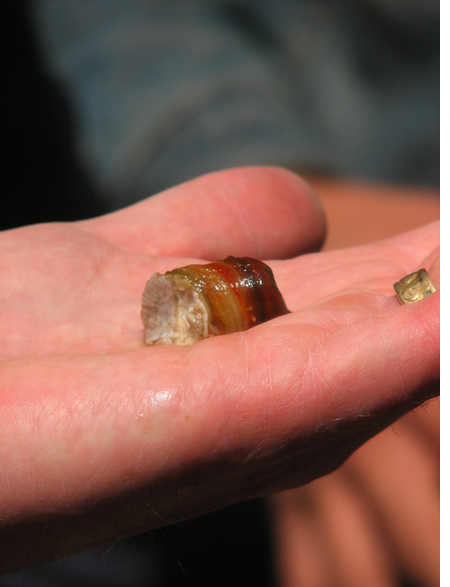
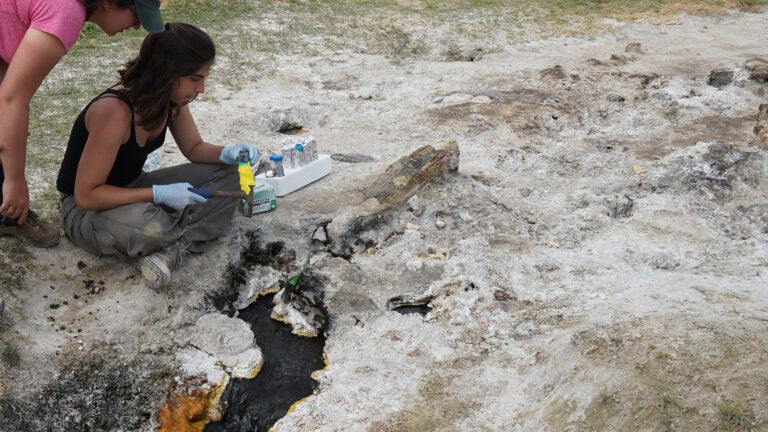
Fieldwork samples
Graduate students collecting samples for data and research
(Photo courtesy of Frank Corsetti)
Related Courses
Please take a look at the recommended courses in Geobiology
